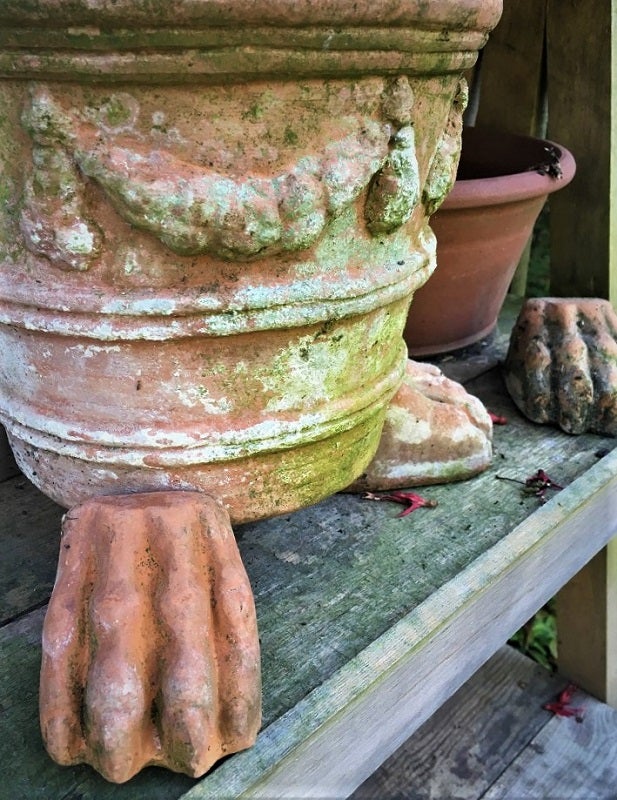Saving a family of honeybees
Published 9:46 am Saturday, February 9, 2019
By Len VanMarion
As a beekeeper, I am often surprised and amazed by my bees and their adaptability. Bees will use any closed, dry space as a home, usually someplace about the size of a five-gallon bucket, a homes eave, a mailbox, a doghouse, a tree, almost any location with a small entrance and a dry interior.
Of the task, I do I think I enjoy the recovery of a hive to be the best.
Every time I arrive to remove bees from a location I never know what it will entail. I never know how large the hive is, exactly how the comb is built, its exact location in the space.
Sometimes the hive is new to the location with the minimal comb, honey, and young larvae.
Sometimes the hive is huge with a wall full of comb, maybe a 100 pounds of honey, lots of young bees and larvae.
Sometimes the comb is white or cream color indicating a new hive, sometimes the comb is as black the ace of spades indicating it is much older.
When I do a recovery, remove the bees from their location and place them in my hive box for relocation, I must open the area so I can get my hands on the comb.
To do a recovery, I remove the existing comb, salvaging the comb containing eggs, larvae and sealed brood placing it in my hive box.
I also place the bees in my box and hopefully the queen.
I can’t save the comb, which contains honey as it would attract the small hive beetle which can ruin a hive in just a few days.
Once the comb is removed from it original location and as many bees as possible are placed in my hive box the box is closed and left near the original location so bees that are in the air can find the queen and their new home.
I leave the new box in place for a couple of days so all the bees can find it. After dark on the second day, 99-percent of the bees will be in the new box, I seal the entrance and move the hive to my Apiary location.
This new home will need to be monitored and I will check and clean the bottom of the box to help the bees clean up and organize the new location.
The bees must rebuild comb to store pollen and nectar, build comb for raising new bees and get things moving forward.
In the spring, the queen will lay up to 2000 eggs per day so it takes lots of comb, pollen, and honey. In a hive, pollen is a bees protein source, honey is its carbohydrates.
This need for comb, protein, and honey is the reason I can’t do a recovery in the late fall and winter. It takes 1 million flowers for a bee to produce one pound of honey, the equivalent of seven – eight pounds of honey to produce one pound of wax.
So you can see it takes time and resources for a beehive to survive.
Remember over half of our foods are either directly or indirectly dependent on the honeybee.
Let a beekeeper remove unwanted bees, don’t exterminate.
Len VanMarion
TAIS Certified
Master Beekeeper






